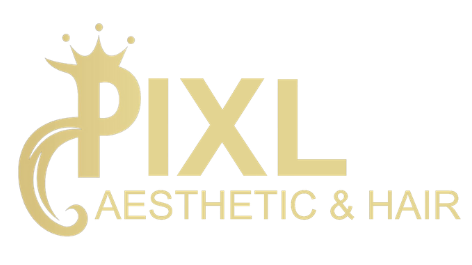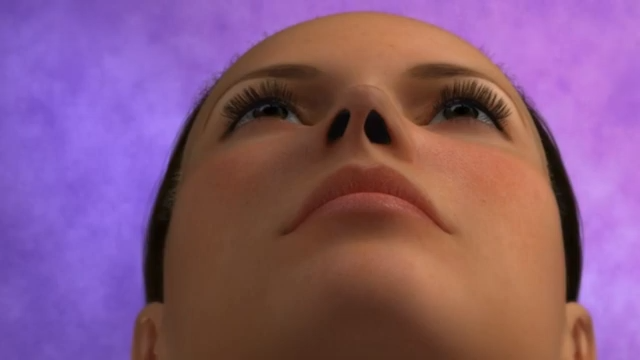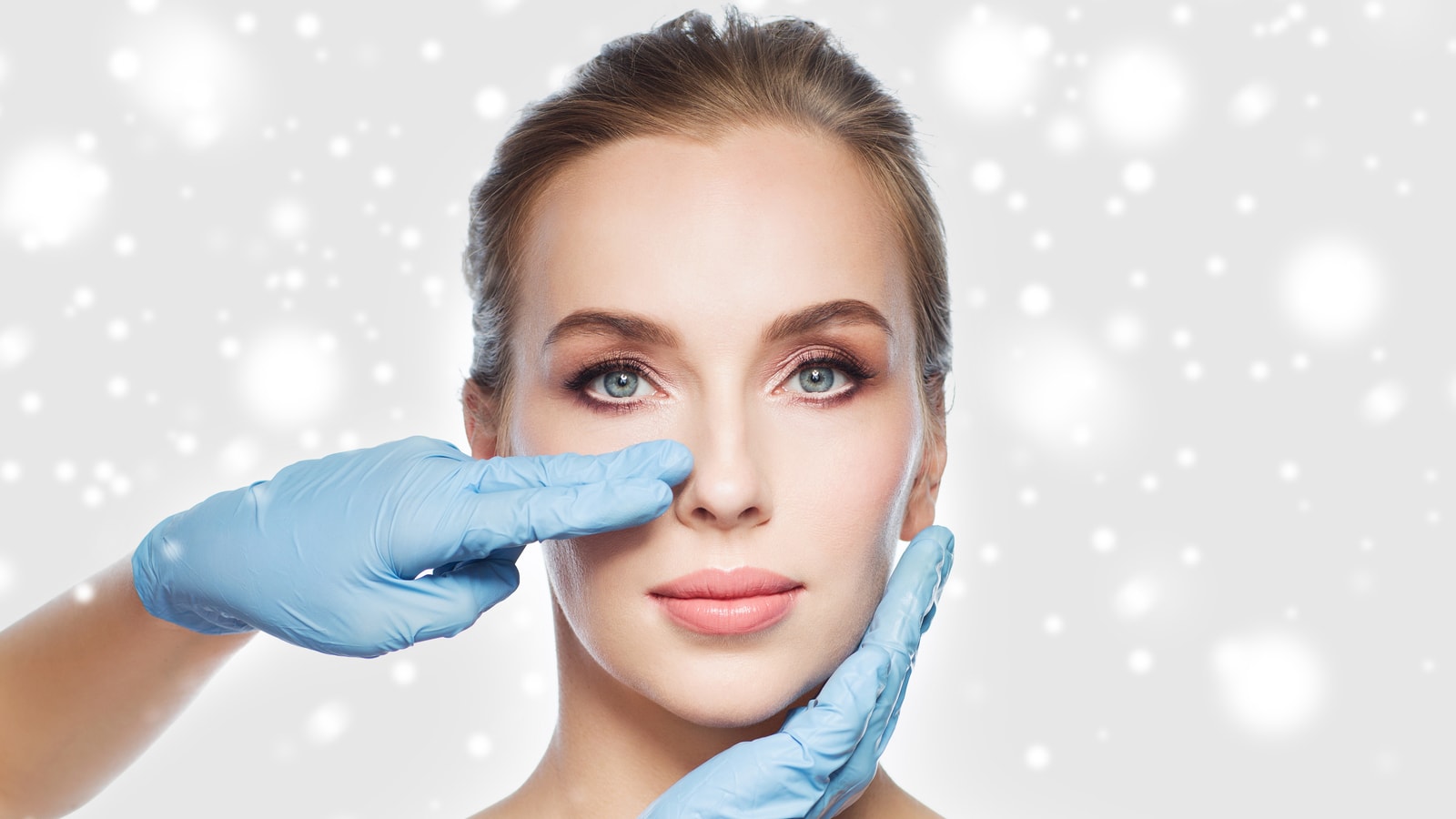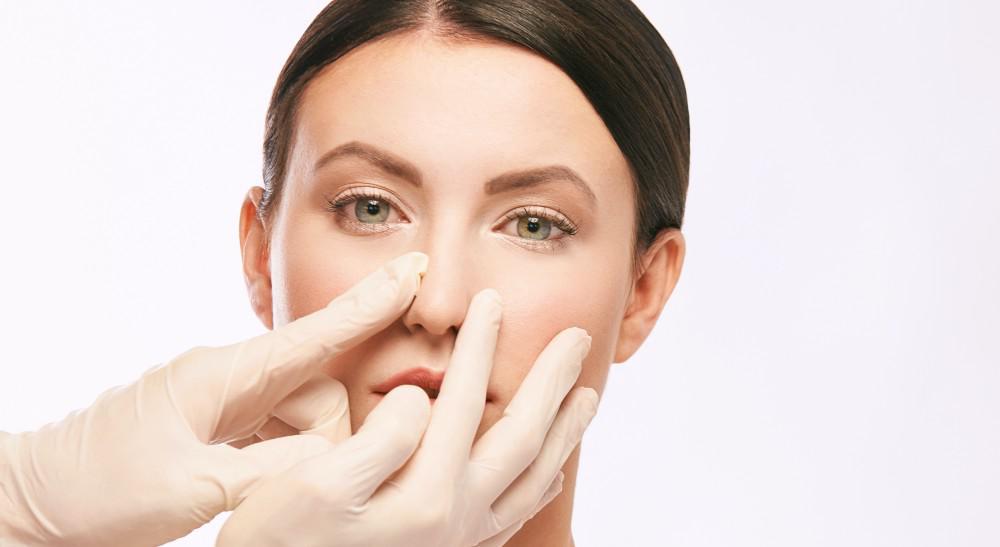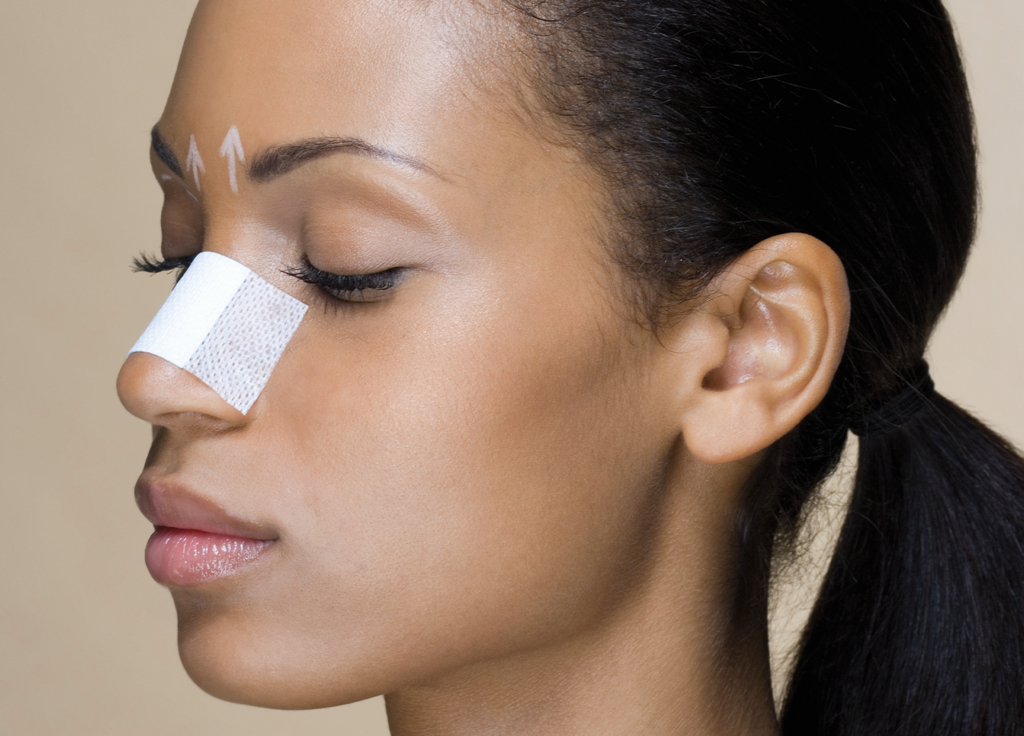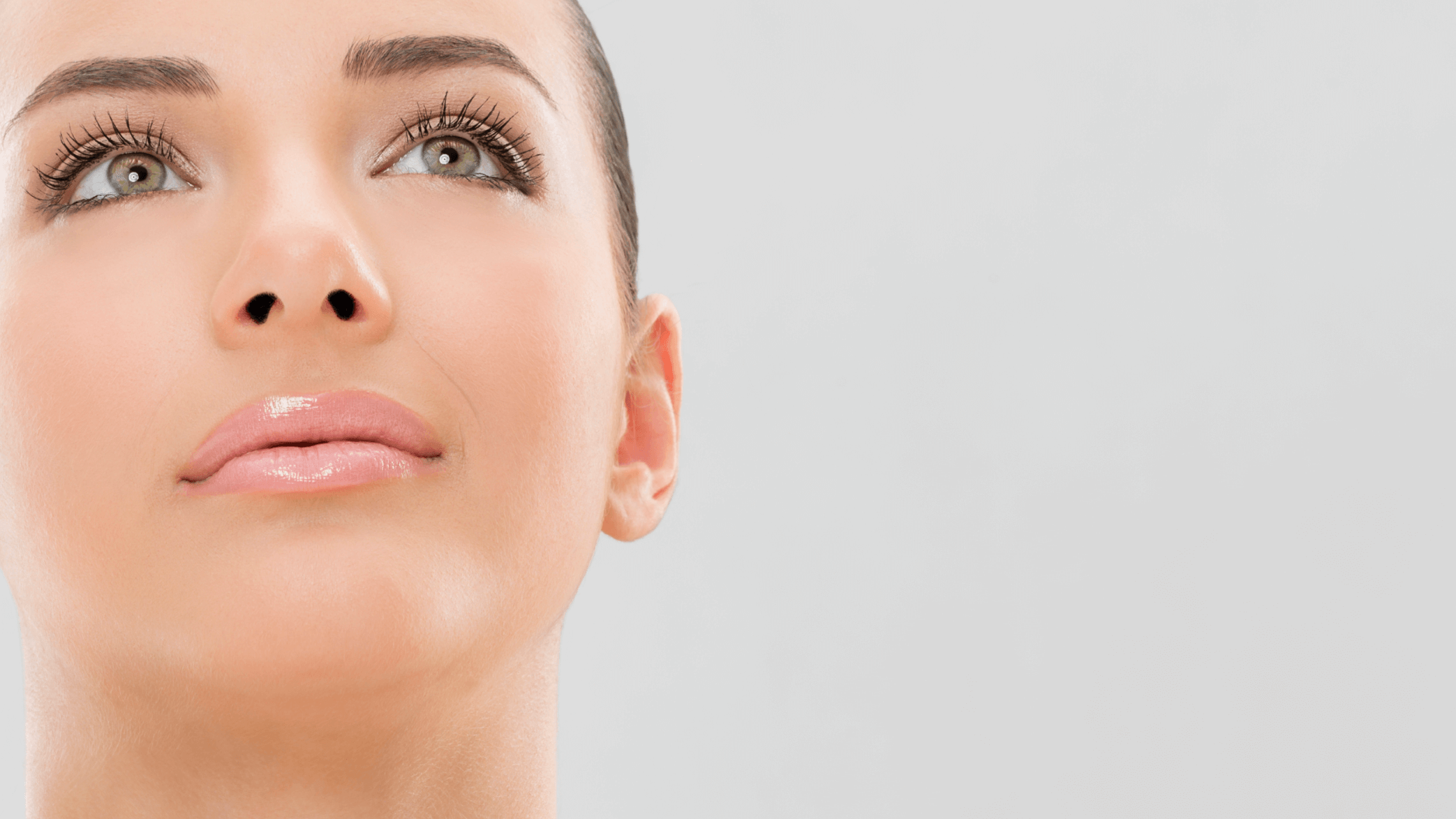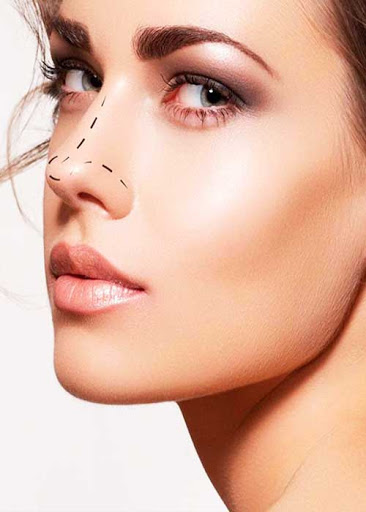
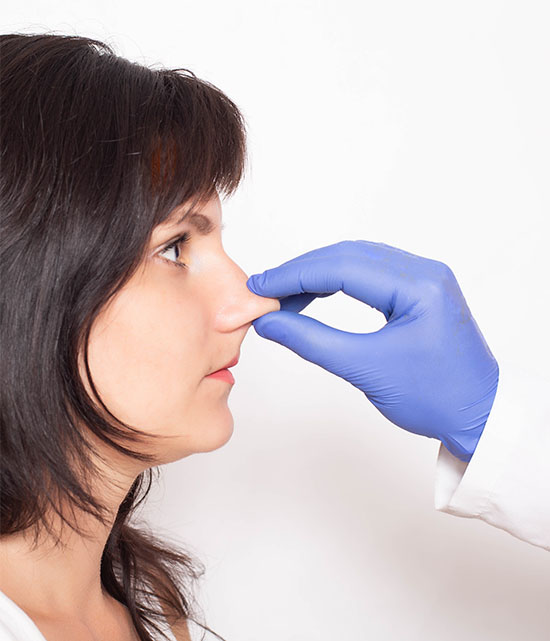

Rhinoplasty in Turkey (Nose Job)
Rhinoplasty, frequently called nose job or nose surgery, is the most complicated procedure which results from the highest level of the artistic profession and excellent surgical technique of the plastic surgeon. Although nose job is a delicate operation, rhinoplasty in Turkey is thought the most preferred facial aesthetic surgery since plastic surgeons aim to perform predictable results that will last throughout the patient’s lifetime.
Rhinoplasty, also recognized as a nose job, is a surgical process to reshape the nasal skeleton which results in changed underlying structures so that the form and function of the nose will improve. Some patients undergo nose job surgery to accomplish a balance between their nose with the rest of the facial features while the others to take a clear and calm breath. As therapeutic job surgery requires a combination of medical procedure and high-quality care, the approaches of a nose job in Turkey is planned by the surgeon based on the requirements and expectations of the patient.
Rhinoplasty Surgery Animation
GET QUOTE IN 3 MINUTES
You can get a free analysis in under 3 minutes with our online assistant
Types Of Rhinoplasty
What is the Open Rhinoplasty?
For open rhinoplasty, the LA nose job specialist incises the external skin between the nostrils to get access to the internal nose. Having access to the entire nasal structure, your surgeon has more freedom with how they reshape it. Many shy away at the idea of having actual incisions on their nose, but surgeons go to great efforts to minimize scarring so that it is not noticeable.
What is the Closed Rhinoplasty?
During a closed rhinoplasty, the surgeon makes incisions from within the nostrils so that the scars are not visible to others. This kind of nose job procedure can be carried out in patients who do not require complex straightening of the lower parts of the nose, or complex work on the nasal tip.
What is the Secondary Rhinoplasty?
Given the complexity of rhinoplasty surgery, some initial procedures may require adjustments, corrections, or modifications . In such a case, a surgeon might have to perform a revision, also known as secondary rhinoplasty. The process could either be open or close, depending on the expected new goal.
Testimonial
Rhinoplasty Post-Op Instructions
Frequently Asked Questions
What should I do before my Rhinoplasty?
Stop Taking Aspirin – It is important to discontinue the use of any aspirin, ibuprofen, vitamin E, and herbal supplements two weeks before and two weeks after your rhinoplasty surgery. Aspirin is a non steroidal anti-inflammatory drug, which affects platelet function. Despite platelet count being correct they do not function correctly. The process of regeneration usually takes two weeks for the bone marrow to generate new platelets to replace the affected platelets.
Prescriptions – Don’t forget to stock up on your prescriptions, you don’t want to run out when your in the recovery stage of your procedure and you can’t do much. If your surgeon has given you any prescriptions for pain relievers to take after your surgery, fill those prescriptions before you go in for the procedure as well.
Supplements – Supplements before surgery can be a tricky subject. Some supplements, such as certain herbs or vitamin E, can increase bleeding. Either at your consultation or at some point a few weeks before your procedure, make a list of all the supplements you take and show it to your surgeon. He will let you know which ones you should stop taking before the surgery and when it is safe to start taking them again after the procedure.
Your surgeon may also recommend that you start taking certain supplements, to help reduce bleeding or swelling or to generally improve the healing process. For example, some surgeons recommend taking arnica after the procedure, as it can help reduce swelling or inflammation. Other vitamins your surgeon may recommend include vitamin A, vitamin K and bromelain. Only take supplements as recommended by your surgeon or after getting the go-ahead from your surgeon.
Home Prep – Set up an area of your home to rest and recover in, whether it’s a chair in your living room or your bed. After rhinoplasty and other facial surgery, you’ll want to keep your head elevated, so make sure there are enough pillows to prop you up.
What should I eat and drink before my Rhinoplasty?
What you eat before surgery is important. You want to aim for a nutritious, balanced diet in the weeks before and after your procedure. If you don’t already eat a lot of vegetables and fruits each day, increase the amount you eat, so that you’re eating some sort of produce at each meal.
It’s also a good idea to watch your salt intake in the weeks leading up surgery. Salt can raise your blood pressure, which can increase your risk for complications during or after surgery.
What supplies should I get before my Rhinoplasty?
Stock up on ice packs or freeze ice cubes, then transfer them into zip-top bags so that you have plenty of ice ready to apply to the site, to reduce and keep swelling down. lip balm is crucial, you’re going to have dry mouth, and lips like you’ve never had before. You’re going to want a thermometer to keep tabs on your temp. If you start getting chills, you need to check if you have a fever and, if so, report it to your doctor right away.
Can I still smoke before my Rhinoplasty?
It is highly recommended that all smoking be stopped at least 2 weeks before your Rhinoplasty procedure. Carbon monoxide introduced during smoking affects our tissue and the nicotine found in tobacco products can cause blood vessels to restrict, limiting the amount of oxygen that can get to the rest of our body. Because of these very serious complications, some plastic surgeons will refuse to perform surgery on patients who smoke. Others will require patients to commit to giving up smoking for several weeks prior to surgery.
What is the difference between open and closed Rhinoplasty?
Perhaps one of the most confusing dilemmas confronting the prospective rhinoplasty patient is the choice of open versus closed rhinoplasty. These terms, while puzzling, simply refer to the two possible surgical approaches — that is, the access method used to temporarily remove the nasal skin and facilitate exposure of the skeletal framework.
Open Rhinoplasty – Unlike the closed rhinoplasty, the open or external rhinoplasty approach employs a small bridging incision, called a trans-columellar incision, to connect the right and left nostril incisions. In exchange for this 4-5 mm visible segment, the nasal skin can be folded upward (similar to opening a car hood) and unimpeded visibility of the lower nasal skeleton can be achieved. In addition to direct visibility of almost the entire nasal framework, distortion of the nasal cartilage is minimized and individual components can be evaluated in their natural, undisturbed alignment. Thus, the hallmark of the open rhinoplasty is the vastly improved surgical access permitted by the trans-columellar incision.
Closed Rhinoplasty – In the closed rhinoplasty approach, also called endonasal rhinoplasty, all of the surgical incisions are positioned inside the nostrils. Although parallel incisions encircle nearly half of the nostril lining, no part of the incision can be seen externally and a visible scar is avoided. However, because the right and left nostril incisions remain disconnected, repositioning of the nasal skin is difficult and the entire operation must be conducted through narrow surgical openings with limited visibility. Because access to the nasal framework requires vigorous stretching of the nasal skin, distortion of the nasal cartilage is also inevitable. While a visible scar is prevented, considerable challenges and technical limitations are associated with the relative lack of surgical access. Hence, closed rhinoplasty merely refers to the relative lack of surgical exposure associated with the endonasal approach.
How long does a typical Rhinoplasty take to perform?
It depends on the extent of the changes being made to the nose. Minimal changes will generally take 1 to 1.5 hours. If there are more extensive changes taking place, then the surgery could last between 2 to 4 hours.
What types of Anesthesia are used during a Rhinoplasty?
Local Anesthesia – Regardless of which type of anesthesia is selected, rhinoplasty is always performed with local anesthesia (lidocaine mixed with epinephrine) to directly numb the nose and reduce the amount of bleeding encountered during surgery. Except for very minor revisions few surgeons use local anesthesia alone due to the discomfort associated with the injection and the difficulty performing a complex operation on a fully awake patient.
IV Sedation – relies upon the skillful dosing of powerful anesthetics through an intravenous catheter without the use of a breathing tube. For several reasons doctors typically prefer to avoid this type of anesthesia during rhinoplasty surgery. IV sedation must render the patient unconscious and motionless while at the same time avoiding breathing suppression. There is a fine balance between having a patient fully unconscious and breathing on their own versus not being fully unconscious and having sudden movement or having the patient stop breathing from too deep sedation. Also, bleeding occurs in all rhinoplasty procedures so there is always the concern that blood can drain back and be aspirated (inhaled) into the lungs during surgery if the airway is not protected with a breathing tube. Lastly, in more prolonged rhinoplasty surgery lasting several hours, it can become even more difficult to keep patients comfortable with IV sedation as patients can become restless and develop muscle soreness or a full bladder.
General Anesthesia – The above concerns pointed out with IV sedation in rhinoplasty are better addressed with general anesthesia. In many ways general anesthesia creates the most controlled situation possible during your rhinoplasty surgery. With the addition of controlling the airway with a breathing tube your anesthesiologist is able to protect your windpipe from dripping blood during surgery. Also, you don’t have to maintain your own respiration as the anesthesiologist is able to fully manage your breathing with a breathing machine. This allows for a deeper level of anesthesia which can be adjusted to keep the blood pressure low to help minimize bleeding, bruising, and swelling. Since the nose is rendered fairly numb from the local anesthesia injection, comparable levels of anesthetic are used as with IV sedation so the anesthesia after effects are usually quite mild and short lived. This more controlled, stable environment allows much better operating conditions and surgical outcomes.
What are the side effects of Rhinoplasty?
Pain – Because Rhinoplasty requires extensive alterations of nasal bone and cartilage, patients may experience pain or discomfort following the procedure. Fortunately, this discomfort is usually minor and most patients find that over-the-counter analgesics are enough to manage this pain. For patients who are particularly sensitive to pain, your rhinoplasty surgeon may be able to prescribe stronger pain medication.
Swelling – One of the most common side effects from rhinoplasty is swelling around the eyes and nose. The swelling is most noticeable in the days following surgery, but largely subsides after about two weeks. It is important to note, however, that some minor swelling may be present for up to six months following rhinoplasty surgery.
Bruising – The degree of bruising that follows surgery will vary depending on patient sensitivity and the extent of the surgery itself. This bruising is usually contained to the area around the eyes and can last for up to ten days. While bruising is not a sign of any more serious complications, you should monitor your condition in the days following surgery. If anything seems abnormal, your physician can advise you as to whether any measures besides rest and time are necessary during your rhinoplasty recovery.
What are the risks and complications with Rhinoplasty?
Some of the potential risks include anaesthesia risks, bleeding and haematoma (requiring return to the operating theatre), unfavourable scarring (potentially requiring scar treatment or scar revision), swelling (that may persist for many months), infection, delayed wound healing, asymmetry, pain, altered sensation to the nose, altered sense of smell, rupture of surface vessels of the nose, altered breathing, change in the quality of sounds when singing and speaking, septal perforation, irregularities in the contour of the nose, suture extrusion, potential for revisionary surgery and general complications such as a heart attack and pulmonary embolism (blood clot in the lungs).

